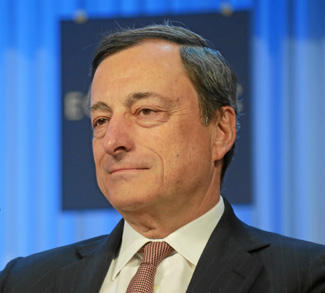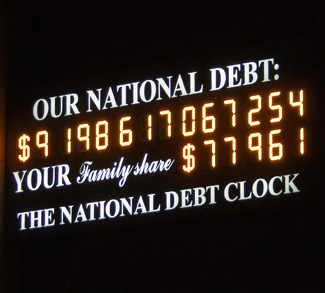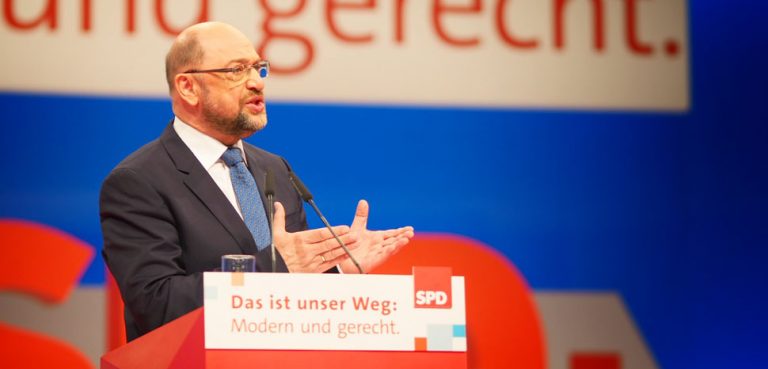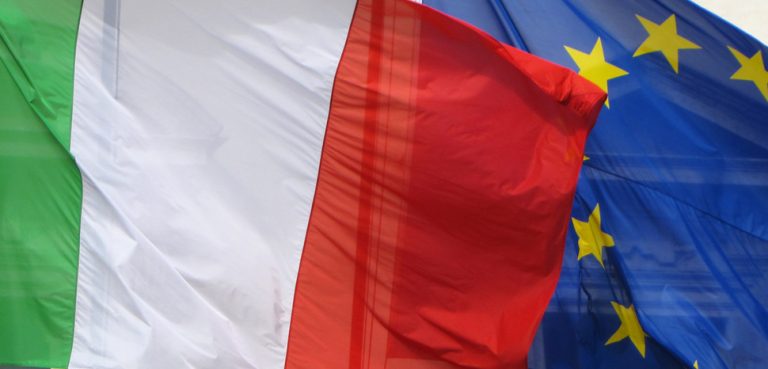January 22 marked a turning point for the European economy. On that day the European Central Bank (ECB) did what it had formerly refused to do and announced an aggressive bond-buying program along the same lines as the US Federal Reserve, which wrapped up its third and final (for now) bout of quantitative easing in October 2014.
At the time of the ECB announcement, the economy was in bad shape; Europe had double-dipped, then triple-dipped, and it was now flirting with the grim possibility of a quadruple-dip recession. The final quarter of 2014 saw negative data across the board: euro zone growth was just 0.1%, the economies of France and Italy were shrinking, German exports were coming in well under estimates, and plummeting global oil prices were threatening a deflationary spiral.




